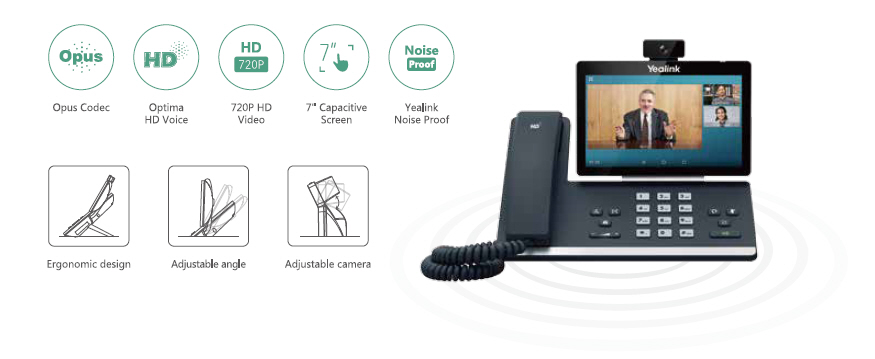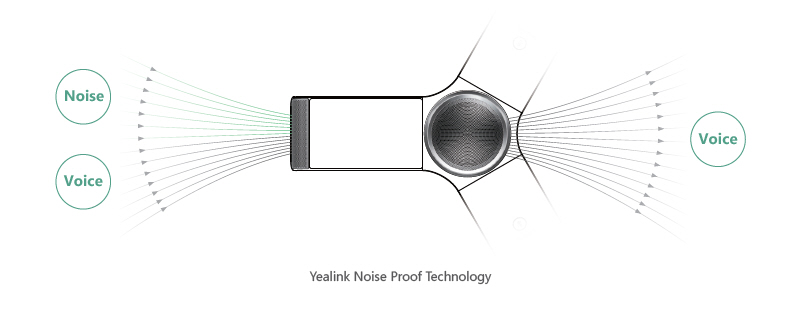Introduction
The rapid evolution of communication technology has transformed how businesses operate. One significant advancement is the transition from traditional phone systems to Voice over Internet http://sergiovpyz142.image-perth.org/exploring-the-scalability-benefits-of-cloud-based-voip-systems Protocol (VoIP) phone systems. This migration not only enhances communication efficiency but also offers cost savings and scalability for organizations of all sizes. In this comprehensive guide, we will explore how to migrate from traditional phones to a VoIP phone system smoothly while addressing common concerns and providing actionable steps to ensure a seamless transition.
Understanding VoIP Phone Systems
What Are VoIP Phone Systems?
VoIP phone systems utilize the internet to transmit voice data instead of traditional telephone lines. This technology converts voice signals into digital data packets, which are then sent over the internet. The key advantages include lower costs, flexibility, and improved features such as video conferencing and integration with other business applications.
Benefits of Switching to a VoIP Phone System
Cost Efficiency- Reduced long-distance charges. Lower maintenance expenses.
- Easily add or remove lines as needed. Adaptable for growing businesses.
- Call forwarding, voicemail-to-email, and mobile applications. Integration with Customer Relationship Management (CRM) software.
- Enhanced clarity and reduced latency compared to traditional systems.
Key Components of a VoIP Phone System
- Internet Connection: A reliable broadband connection is essential for optimal performance. VoIP Phones: These can be specialized hardware devices or softphones (software-based). VoIP Service Provider: A third-party company that offers the necessary infrastructure for VoIP services.
How to Plan Your Migration Strategy
Assessing Your Current Communication Needs
Before diving into the migration process, it's crucial to assess your existing communication setup thoroughly:
- Identify current usage patterns (call volume, duration). Evaluate existing hardware and software compatibility. Determine unique business requirements (e.g., remote work capabilities).
Setting Clear Objectives for Migration
Establish specific goals for your migration project:
Improve communication efficiency. Reduce operational costs by X%. Enable remote work capabilities within Y months.Choosing the Right VoIP Provider
Selecting an appropriate service provider is vital for ensuring a smooth transition:

- Research reputable providers with positive reviews. Compare pricing models and features offered. Verify customer support availability and responsiveness.
Preparing Your Infrastructure for Migration
Upgrading Internet Connectivity
A strong internet connection is pivotal for effective VoIP functionality:

- Consider upgrading bandwidth if necessary. Ensure redundancy in case of internet outages.
Evaluating Hardware Requirements
Check if your existing equipment supports VoIP technology:
- Assess compatibility of existing phones with the new system. Determine whether additional hardware like routers or adapters is needed.
Implementing Security Measures in Your VoIP System
Understanding Potential Security Risks in VoIP Systems
While transitioning to a VoIP system brings many benefits, it also introduces security challenges:
Eavesdropping on calls. Service disruption due to denial-of-service attacks.Best Practices for Securing Your VoIP Network
Use strong passwords for all accounts. Implement firewalls specifically designed for VoIP traffic. Regularly update firmware on all devices involved in communication.Training Staff on New Technology
Creating Training Programs for Employees
Once you've set up your new VoIP system, ensure that employees know how to use it effectively:
- Schedule training sessions tailored to different user roles within the organization. Provide instructional materials such as manuals or videos.
Encouraging Feedback During the Transition Period
Feedback can be instrumental in identifying potential issues early on:
- Conduct surveys or one-on-one discussions post-training. Be responsive to concerns raised by staff regarding usability or functionality.
Executing the Migration Process: Step-by-Step Guide
Step 1: Create a Detailed Project Timeline
A timeline helps keep everyone accountable during the migration process:

| Task | Assigned To | Deadline | |------|-------------|----------| | Assess current needs | Team Lead | Week 1 | | Choose provider | IT Manager | Week 2 | | Upgrade internet | Network Admin | Week 3 |
Step 2: Port Existing Numbers Safely
Porting numbers allows you to retain your business identity during the transition:
- Work closely with your new provider on initiating number port requests.
Step 3: Install Necessary Hardware
Whether using dedicated IP phones or softphones, installation should be systematic:
Configure network settings on devices before deployment. Ensure all devices are connected securely before testing functionalities.Step 4: Conduct Testing Before Full Rollout
Testing ensures everything functions correctly before fully migrating users:
Make test calls between different departments. Verify advanced features like call forwarding and voicemail are operational.Managing Post-Migration Challenges
No migration process is without its challenges; here’s how you can tackle them effectively:
Common Issues Faced After Migration
Call quality problems due to bandwidth limitations. User resistance stemming from unfamiliarity with new technology.Effective Solutions for Post-Migration Issues
Monitor network performance regularly using diagnostic tools. Offer ongoing training sessions based on user feedback gathered after implementation.How to Migrate from Traditional Phones to a VoIP Phone System Smoothly
To successfully navigate this transition, follow these key steps:
Thoroughly assess both current and future communication needs within your organization. Set clear objectives outlining what you aim to achieve through this switch—be it enhanced flexibility or reduced costs. Choose a reputable provider known for excellent customer support and feature-rich plans aligned with your requirements. Prepare your infrastructure upfront by upgrading bandwidth where necessary while ensuring all equipment is compatible with VoIP technology standards. Secure your newfound system against threats from malicious actors through appropriate cybersecurity measures such as strong passwords and updated firmware across all devices involved in communicationsIn summary, maintaining foresight paired with strategic planning will facilitate an effective migration experience tailored specifically towards optimizing productivity across teams while enhancing overall satisfaction levels among stakeholders involved throughout this change management process!
FAQs About Migrating to a VoIP Phone System
Q1: What is a VoIP phone system?
A: A Voice over Internet Protocol (VoIP) phone system transmits voice data over the internet instead of through traditional telephone lines, offering numerous advantages including cost savings and advanced features.
Q2: How much does it cost to switch from traditional phones?
A: Costs vary based on factors such as provider selection, required hardware upgrades, and monthly service fees; however, most businesses find significant savings when switching due largely lower long-distance charges associated with traditional telephony options available today!
Q3: Will I lose my existing phone number when migrating?
A: No! You can typically port existing numbers through coordination between your old carrier & new provider—ensuring continuity without disruption during this transition phase!
Q4: Are there any downsides associated with using Voice over Internet Protocol?
A: Potential downsides may include reliance on consistent high-speed internet connections & susceptibility towards certain cyber threats if adequate security measures aren't taken beforehand—but these risks can be effectively managed through best practices outlined earlier!
Q5: Can I use my current phones with a new VoIP service?
A: That depends! Some legacy systems may require adapters while others might necessitate complete replacement depending upon compatibility standards established by respective manufacturers involved—always check specifications prior making decisions related thereto!
Q6: How do I ensure that my team transitions smoothly during this changeover period? A: Providing comprehensive training initiatives alongside supportive resources aimed at improving familiarity around newly implemented technologies will go far ensuring smooth adoption processes occur across diverse user groups within organizations alike!
Conclusion
Migrating from traditional phones to a robust VOiP phone system represents more than just an upgrade—it's an opportunity for businesses looking toward future growth while enhancing operational efficiencies along their journey! By following structured steps outlined throughout this article—ranging from initial assessments through ongoing support—you’ll create an environment primed not only meet today's demands but adapt seamlessly into tomorrow’s possibilities as well! As communication continues evolving rapidly around us—it’s imperative we remain proactive so our strategies evolve accordingly too; hence why understanding precisely how best navigate transitions like these ultimately becomes paramount towards achieving desired outcomes across various sectors moving forward!